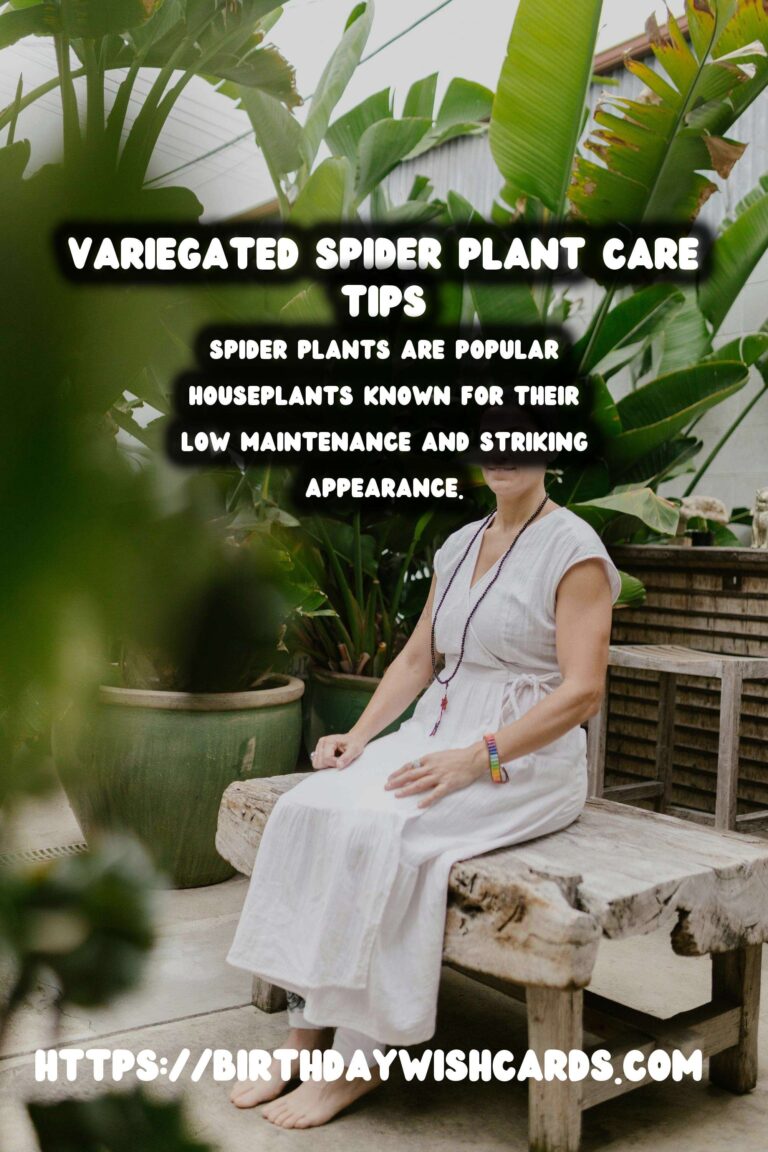
Spider plants, scientifically known as Chlorophytum comosum, are among the most popular houseplants due to their low maintenance and striking appearance. Particularly, the variegated varieties of spider plants are favored for their unique foliage patterns that can brighten up any indoor space.
Understanding Variegated Spider Plants
Variegated spider plants feature leaves with white or cream stripes running along the length of the green foliage. This variegation not only adds visual interest but also indicates a healthy plant that has been well cared for. These plants originate from South Africa and have adapted well to a variety of indoor environments.
Optimal Light Conditions
Variegated spider plants thrive in bright, indirect sunlight. While they can tolerate lower light conditions, their variegation is more pronounced when exposed to brighter light. Direct sunlight, however, should be avoided as it can scorch the leaves, leading to brown tips and discoloration.
Watering Techniques
Watering is a critical aspect of caring for variegated spider plants. They prefer well-draining soil and should be watered when the top inch of soil feels dry to the touch. Overwatering can lead to root rot, a common issue with houseplants. It’s advisable to reduce watering frequency during the winter months when the plant’s growth slows down.
Soil and Potting Requirements
Spider plants do best in a well-aerated soil mix that allows for good drainage. A standard potting mix with added perlite or sand can enhance drainage. Additionally, choosing a pot with drainage holes is essential to prevent water from accumulating at the bottom, which can lead to root rot.
Fertilizing Your Spider Plant
During the growing season, typically spring and summer, fertilizing your variegated spider plant every 4-6 weeks can promote healthy growth and vibrant foliage. A balanced, water-soluble fertilizer diluted to half strength is generally sufficient. Over-fertilizing can cause leaf tip burn and should be avoided.
Propagation Methods
Spider plants are easily propagated through their offshoots or ‘pups’. These small plantlets can be gently removed from the mother plant and placed in water or directly into soil to establish new plants. This method not only helps in growing new plants but also rejuvenates the mother plant.
Dealing with Common Pests and Problems
Spider plants are relatively pest-resistant but can occasionally attract pests such as aphids, spider mites, and mealybugs. Regularly inspecting the plant and wiping the leaves with a damp cloth can help prevent infestations. If pests are detected, treating the plant with insecticidal soap or neem oil can be effective.
Benefits of Variegated Spider Plants
Beyond their aesthetic appeal, variegated spider plants are known for their air-purifying abilities. They can remove toxins such as formaldehyde and xylene from the air, contributing to a healthier indoor environment. This makes them an excellent addition to homes and offices alike.
Conclusion
Caring for variegated spider plants is a rewarding experience that requires understanding their specific needs. From providing the right light conditions to ensuring proper watering and pest management, these resilient plants can thrive with minimal effort. Their beauty and beneficial properties make them a worthwhile addition to any plant collection.
Spider plants are popular houseplants known for their low maintenance and striking appearance. Variegated spider plants have unique foliage patterns with white or cream stripes. They thrive in bright, indirect sunlight and should be watered when the top inch of soil is dry. A balanced, water-soluble fertilizer diluted to half strength is recommended during the growing season. Spider plants can be easily propagated through their offshoots or ‘pups’. 
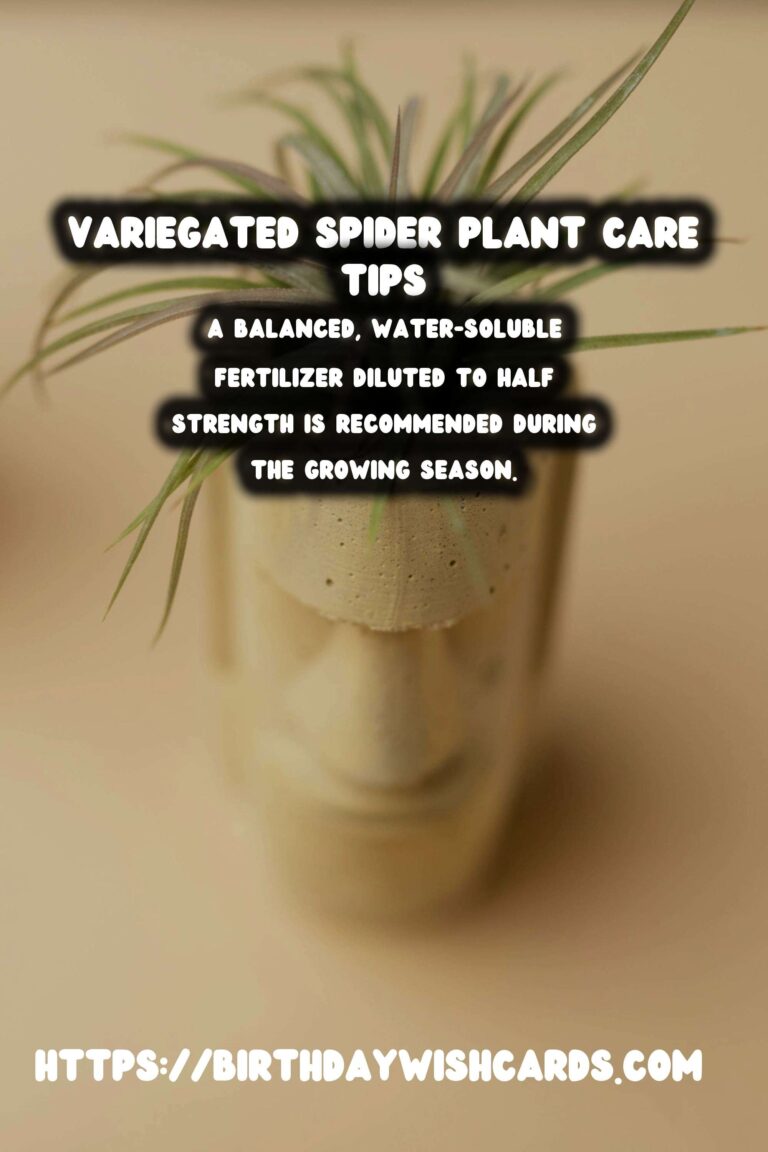
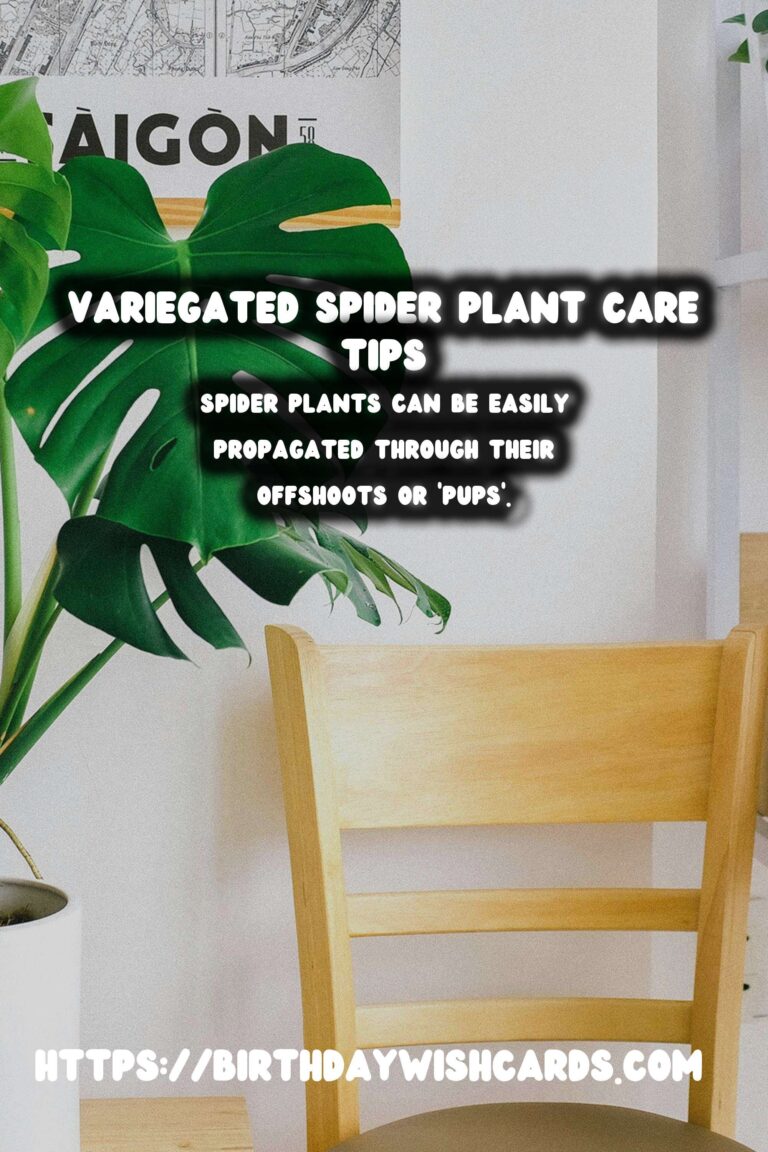
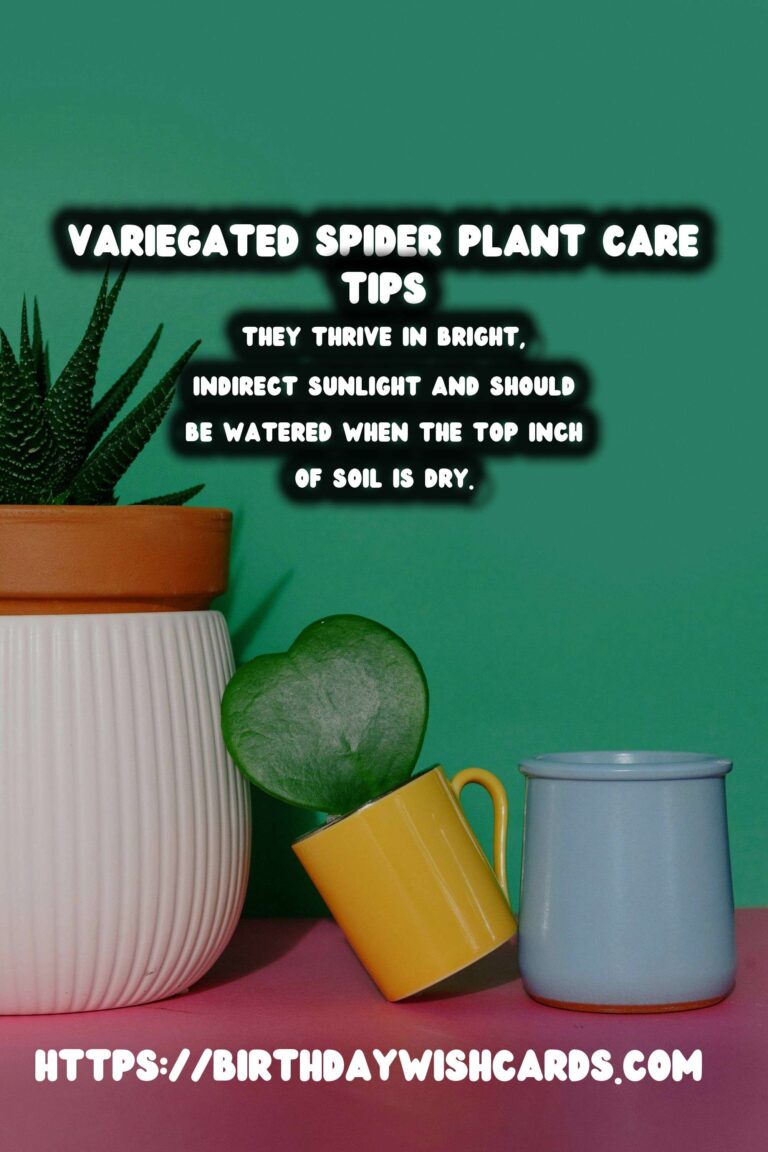
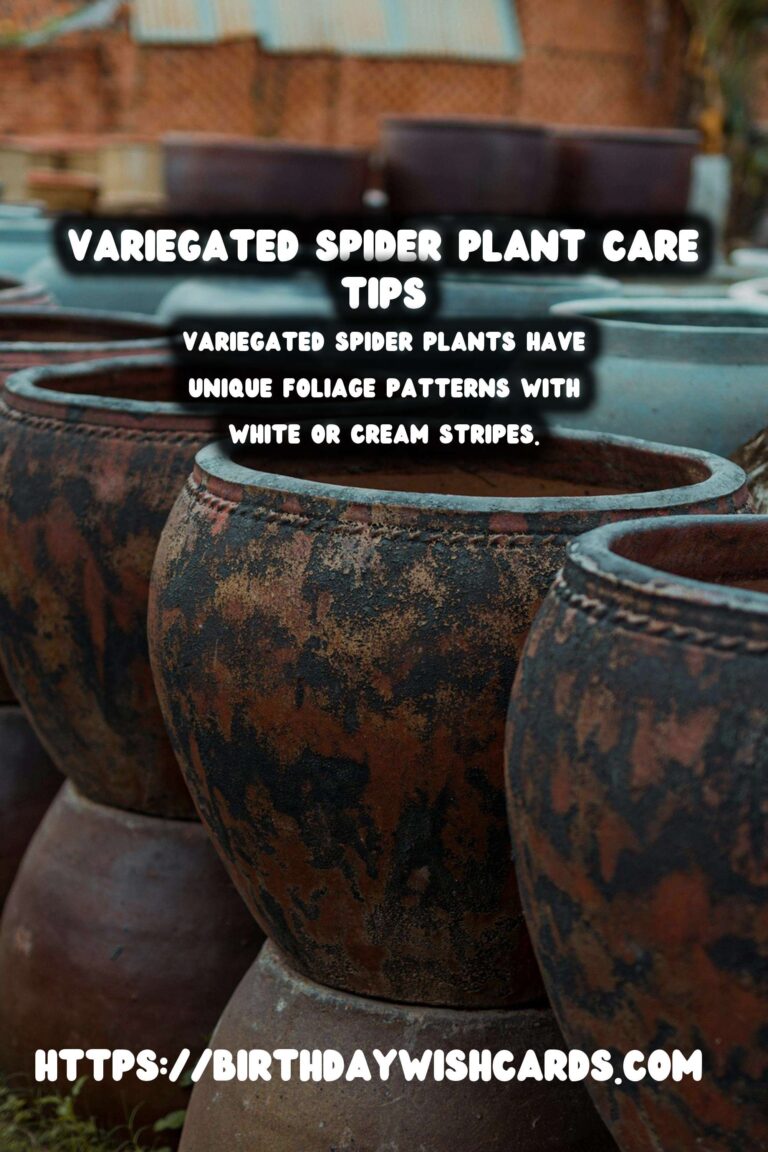
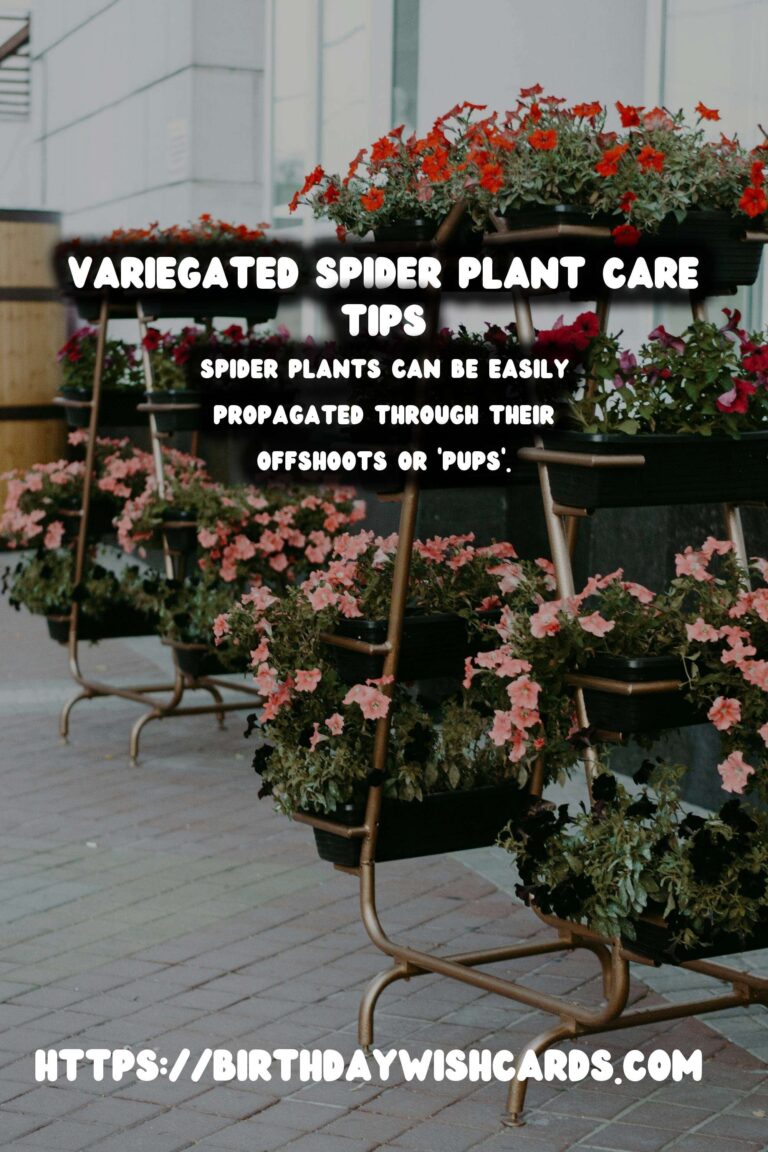
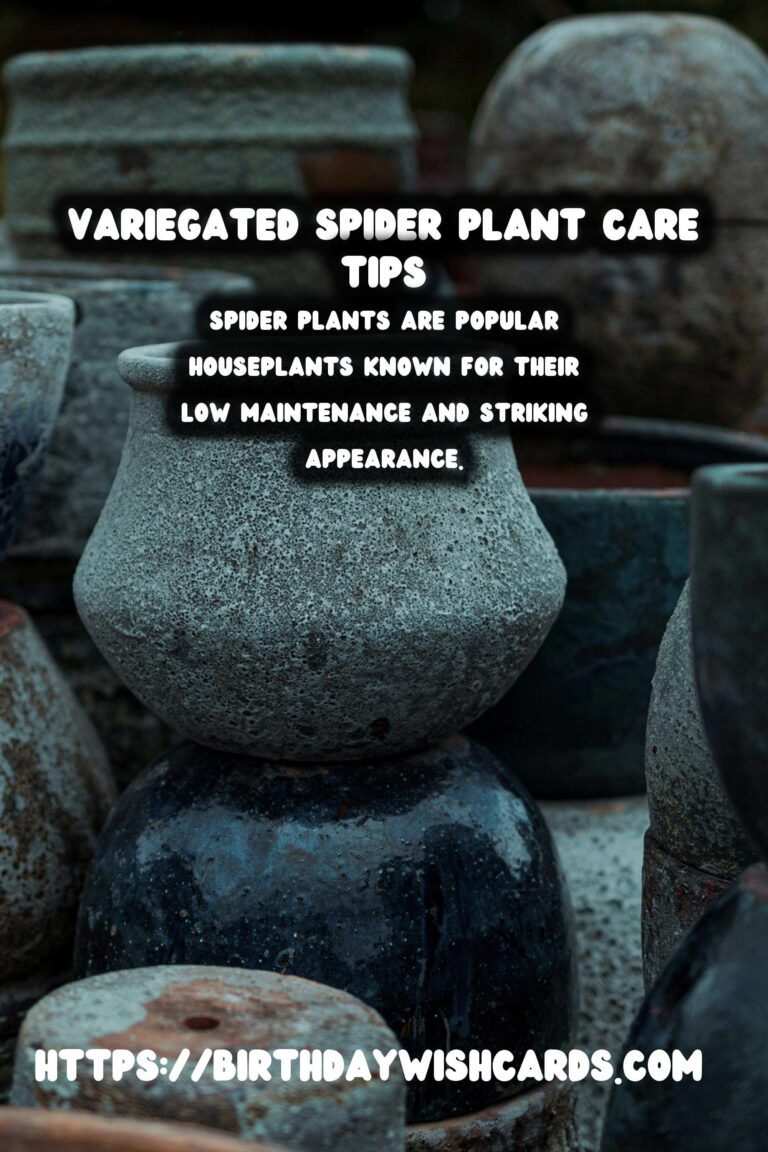
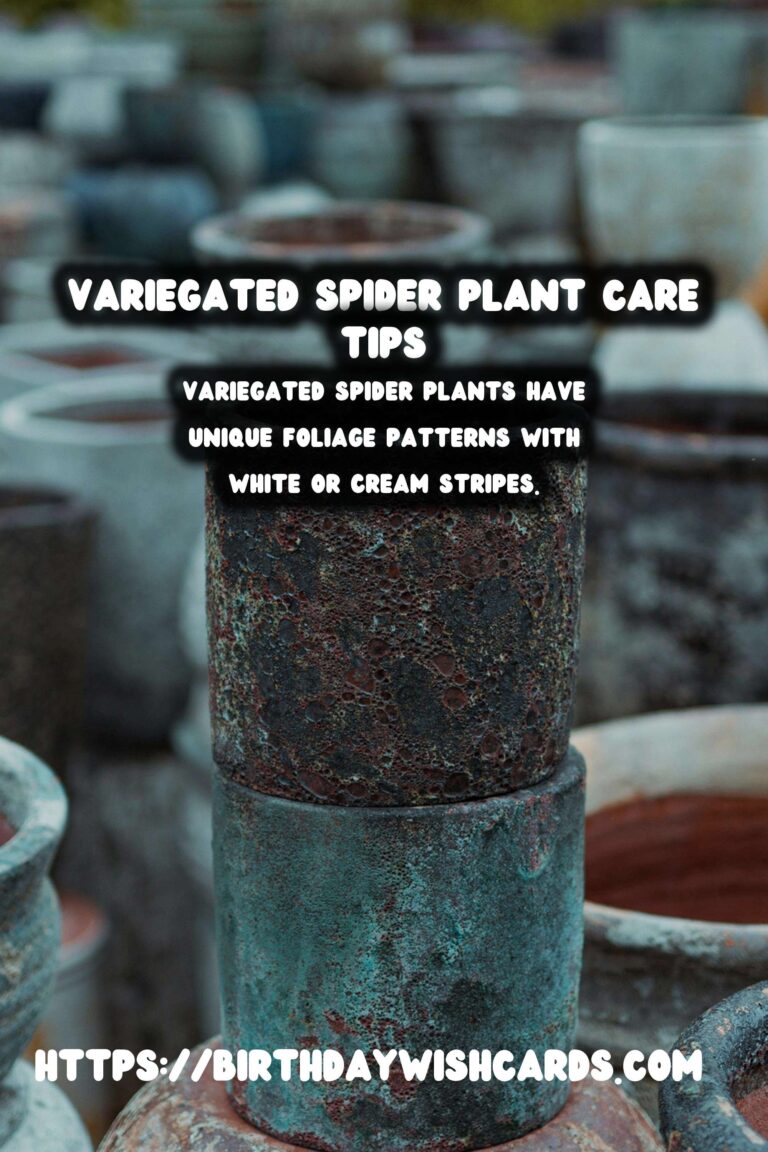
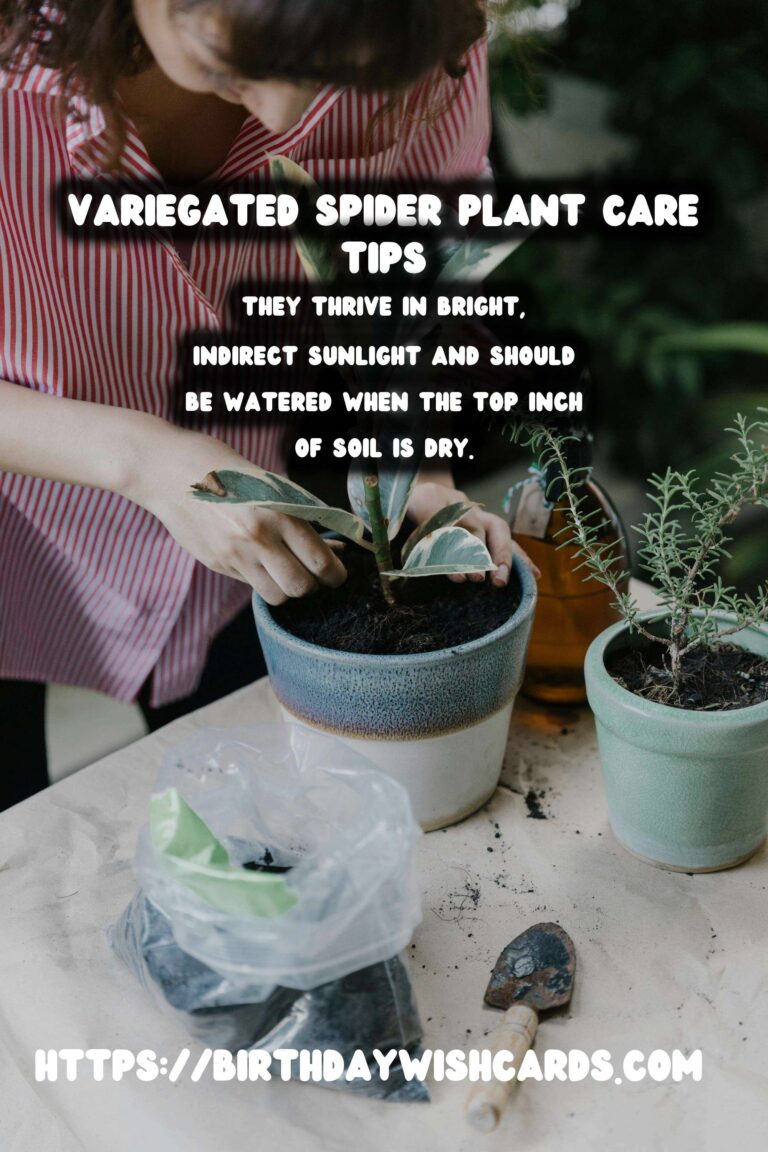
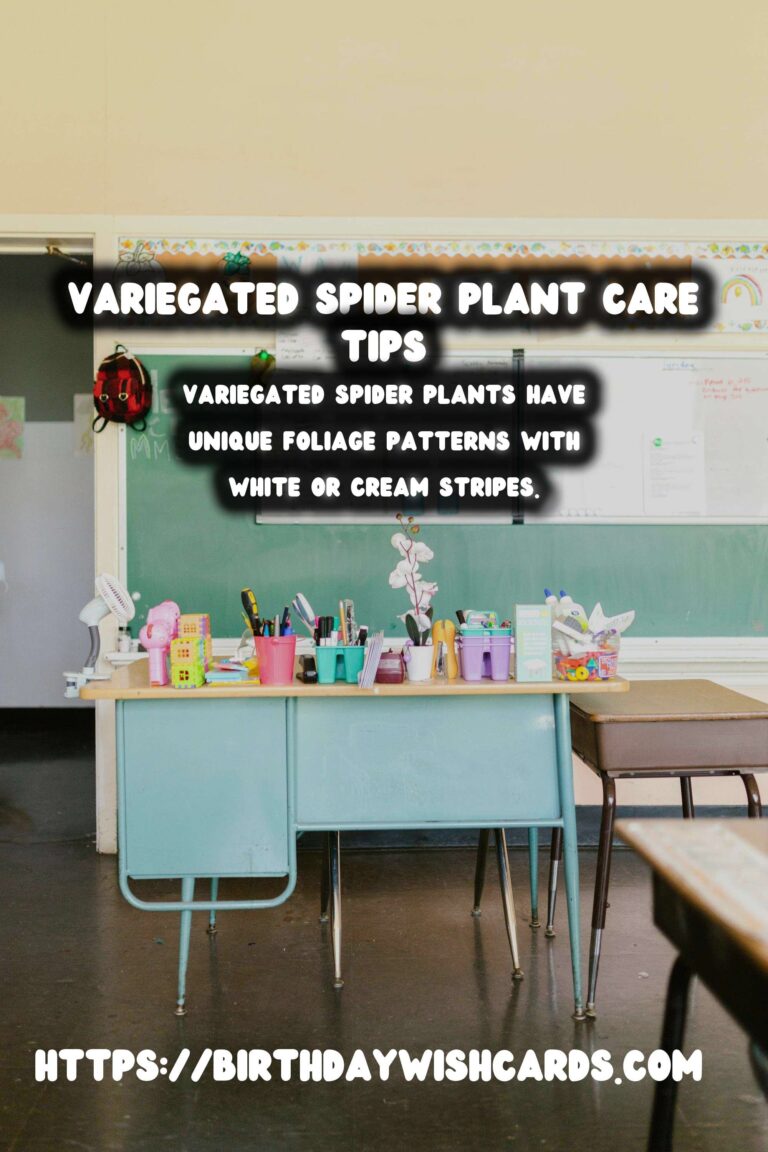
#SpiderPlants #Houseplants #PlantCare #VariegatedPlants #IndoorGardening




